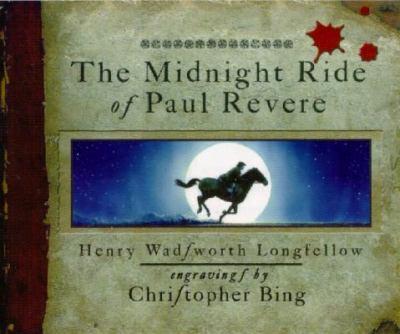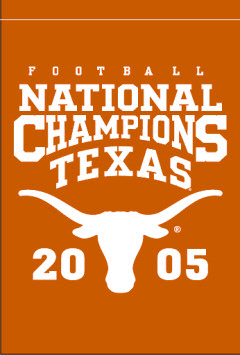In my last post, I described Paul Revere as an historical case study of excellent word-of-mouth marketing. This was not my idea, but rather a concept presented in Malcolm Gladwell’s first book the Tipping Point, which I recently finished reading. Upon reflecting on some of the concepts in the book, I believe that Gladwell’s work was five, if not ten years, ahead of its time. His concept “The Law of the Few,” unlocks the secret formula that marketing executives around the world have been trying to decipher for years now. Gladwell has identified the catalysts that lead to word-of-mouth marketing. In the Tipping Point Gladwell offers detailed profiles of the types of people who start these viral, word-of-mouth “epidemics” of information. These are the rare few people that have the power and influence to start a trend around a particular idea or product. And consequently these have become the most sought-after people in the social media landscape.
Gladwell explains his theories through the use of real-world profiles of people. For example, Chapter Two of the Tipping Point discusses in detail a successful Dallas business man named Roger Horchow. This successful entrepreneur has an unusual, but highly instinctive and natural gift from making social connections. Gladwell states “He simply likes people, in a genuine and powerful way, and he finds the patterns of acquaintanceship and interaction in which people arrange themselves to be endlessly fascinating.” For example, Horchow remembers the boys he played with sixty years ago and the address of his best friend growing up. “He keeps on his computer a roster of 1600 names and addresses of acquaintances he has met. On each entry Horchow records a note describing the circumstances under which he met each person.” Gladwell states that Horchow has mastered what sociologists refer to as the “weak tie,” a friendly yet social connection with thousands of people. Roger Horchow is what Gladwell categorizes as a “Connector.” Gladwell states “Connectors are extraordinarily powerful. We rely on them to give us access to opportunities and worlds to which we don’t belong…The closer an idea or a product comes to a Connector, the more power and opportunity it has.”
Paul Revere – A Great Case Study in Word-of-Mouth Marketing
Another powerful profile offered in the Tipping Point is that of Mark Alpert, a professor at the University Of Texas School Of Business Administration, which Gladwell describes as a “Maven.” Alpert is obsessively focused on finding the best deal available for electronics, automobiles, travel, restaurants and most other purchases. He can explain to you why you should buy cable instead of satellite; where to find the best deal for a new car; and how to maximize savings at video rentals with coupons. Alpert is the kind of person who writes to Consumer Reports to correct them on details of stories they publish. But like most Mavens, he is not just a passive collector of information. He not only wants to figure out the best deal, but he wants to tell you about it too. “A Maven is someone who solves his own problems – his own emotional needs – by solving other people’s problems.” The power of Mavens is, of course, that they “have the knowledge and the social skills to start word-of-mouth epidemics. What sets Mavens apart, though, is not so much what they know but how they pass it along.” Mavens are teachers, but also students. “Mavens are really information brokers, sharing and trading what they know.”
Mark Alpert teaches at the University of Texas
What’s the difference between a Maven and a Connector? And which is most important? “Mavens are data banks. They provide the message. Connectors are social glue: they spread it.” But both are equally important.
The idea of user-generated content, web 2.0 and social networking did not exist when Gladwell published the Tipping Point in 2000, but his models are very appropriate guides for today’s marketing professional nonetheless. Marketers that can ignite a passion from a Connector or a Maven, are much more likely to have their ideas or products promoted in the most effective and least expensive technique available – word-of-mouth. Of course, social networks, micro-blogs, viral videos and online forums enable Mavens and Connectors to spread ideas across geographic boundaries with a speed and reach never before possible.
Social Technographics Ladder – Source: Forrester Research
The best model I have seen for profiling different types of social media participants is the Social Technographics Ladder from Forrester Research. At the top of the ladder are categories such as Critics, Conversationalists and Creators. Critics, for example, are likely to contribute to online forums; comment on blogs they read; and post ratings of products they use. Creators are the small minority of individuals that author their own blogs; produce their own videos or record their own music. Forrester’s Technographics Ladder offers an excellent model to segment end-users, but it falls short in pinpointing the ideal target audience for all social media efforts – the Mavens and Connectors. But neither model solves the real challenge in my opinion. Identifying the target audience for your messages is the easy part. Actually engaging them in a meaningful way is the hard part.













One Comment